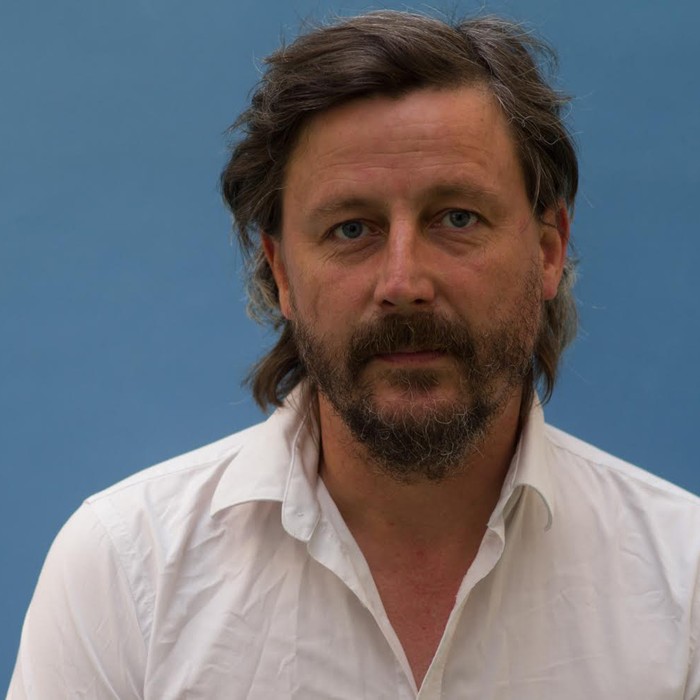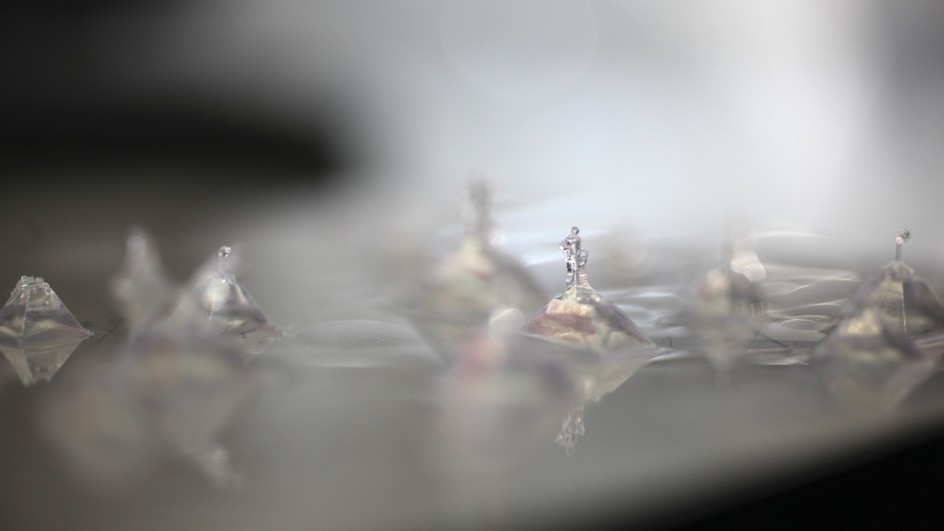
Visiting artist professor
2017 - 2018
Julien Maire
Born in 1969 in Metz (France)
Since 1990 Julien Maire has been working at the intersection of disciplines such as performance, media installation and cinema. The works he produces are live, hybrid entities. They have been shown at Transmediale, Ars Electronica, Digital Art Festival, European Media Art Festival, Film Festival Rotterdam, Film Festival Oberhausen, Sonar, ZKM, ICC Tokyo, Empac, and Powerstation Shanghai. Julien Maire was winner of the Biennale Update_2 award in 2008 and was nominated for the World Technology Award, New York, in 2009. He has been awarded special mentions for the Ars Electronica Prize on three separate occasions.
The productivity of the prototype
"In his artworks and performances, Julien Maire (1969, France) systematically re-invents the technology of visual media. His research is a manifest hybrid between media-archaeology and the production of new media constellations. His output consists of prototypes that perform exactly what their etymology promises (from protos 'first' and typos 'impression' or 'model'): proposing unique technological configurations that produce a new, specific image quality. Deconstructing time-based media such as video, film, slide projections and performances, Julien Maire underlines above all their durational aspect, making us aware of our own experience of an image in time.
Overcoming a simplistic 'post-photographic' opposition between analogue and digital media Maire's work invites for both a strategic reconsideration of indexicality and of apparatus theory."
*from *Edwin Carels, "The Productivity of the Prototype: on Julien Maire's Cinema of Contraptions," University College Ghent - Belgium
Cinema & materiality
"Today, the disappearance of film stock is taken as given. However, the materiality of images is something that is constantly being questioned, especially in animation, which is constantly trying to renew its modes of representation as well as the principles whereby movement is created.
The modes of capture and recording and the supports for the playing of digital images are becoming more and more refined. Screens have recently become flexible, and have in a sense enacted the same kind of revolution as photography in going from a metal or glass support to celluloid. By a historical irony, a flexible screen makes it theoretically possible to produce film stock that could contain all films, a support whose frames would be constantly changing.
This infinite film stock is simply a theoretical expression of the work that I would like to develop at Le Fresnoy: I will interrogate the materiality of the digital image and its modes of recording, notably by directly inserting "subminiature sculptures" within digital sensors. The inlaying of en exogenous body in the limited space for the capture of images could be assimilated to the technique of the rayograph. Another working hypothesis is to engrave permanent images on camera sensors in an attempt to insert permanence in what seems bound up in a constant flux of capturing reality." J.M

